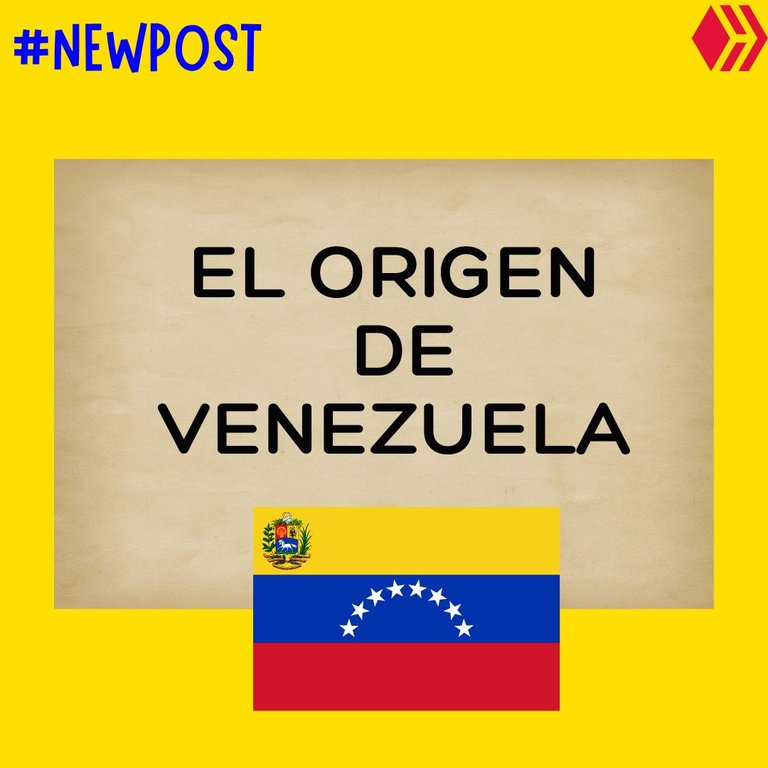
(Imagen creada por canva)

Hola como estan, estoy en otro
" Modo aleh ", con experiencias y sobre temas relacionados con ideas o reflexiones de mis investigaciones existencialistas
Tierra de celebres hombres, batallas por la independencia desde los inicios de los siglos, llenos de maravillas naturales, capaces de enamorar a cualquiera, se a luchado por este país como lo más grande que podemos poseer y recordarlo hasta nuestros últimos días.
VENEZUELA
Conocida en la historia como " República Bolivariana de Venezuela ", pero su nombre de origen, fue puesto por Américo Vespucio, encontró una similitud con Venecia, poniéndole la pequeña " Venezziola ", en su pronunciación con dificultad fue cambiado a Venezuela. Pertenece america del sur y el caribe, con islas, limita con el mar caribe, el océano Atlántico al oeste con colombia. Al sur con brasil y por el este con guayana. Con este último país, el estado aun lo tiene en reclamación.
Fue colonizado por España 1522, en medio de esta civilización la resistencia indígena, en los siguientes siglos XVIII y XIX, venezuela exponía deseos de libertad, lograndola en 1811, siendo los primeros en declarar su independencia de España, siendo sus líderes, Francisco de Miranda, Simón Bolívar, José Antonio Páez creando campañas militares, creando una resistencia, ganando una de las batallas más importantes para Venezuela la de carabobo en 1821 y la gran colombia. Dejando afuera a panamá, ecuador y colombia, igual esta se disolvió 1830 y venezuela quedo completamente independiente. Venezuela tuvo un proceso político desde XIX, con diferentes periodos de gobierno , descontentos sociales pobreza y golpes de estado, teniendo 1958 cambios de gobierno democráticos.
Hace 30.000 años en una Venezuela, prehispánica, este periodo paleoindio, neo indio, medo indio, indohispano. Estos marcan las diferencias, por crear herramientas, para cazar animales, los siguientes fue pescar y navegar. También, el desarrollo de arquitectura, cerámica y agricultura. A lo largo del tiempo desarrollaron conocimientos de fauna, clima y flora.
Estas tribus fueron los timoto - cuicas, estaban en los andes y tenían más desarrollado la lingüística, los caribes, estaban en el oriente y centro de guayana, en zulia y los llanos, los arawakos, en amazonas, los wayuu, que también eran parte de los arawak. Los viviendas, eran hechos de barro, hojas de palma y paja, cada indígena tenía sus trueques y diferentes viviendas y lenguajes.
Españoles
Vinieron por primera vez el 1 de agosto de 1498, llegando por el río orinoco, Alfonso de Ojeda realizó la expedición.
El imperio español, realizó la colonizacion, la gobernación de coquibacoa, haciendo jurisdicción
- Margarita / 1525
- Trinidad / 1532
- Nueva Andalucía / Guayana 1568
- Maracaibo / 1676
Américo Vespucio
Italiano, fue explorador, cosmografo y comerciante.
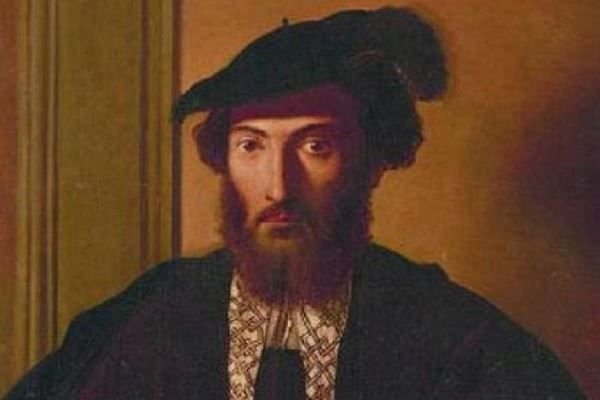
Guayana
Anteriormente, guayana española fue colonia británica, fue independiente el 26 de mayo de 1966, tiene varios idiomas, francés, portugués, inglés español y neerlandes.
Países que componen a guayana
- Surinam, esta situado al norte del sur con límite de la guayana francesa, al sur de Brasil, al norte por el océano atlántico
- Guayana francesa, unión europea, al norte, américa del sur, entre brasil y surinam, es parte de francia desde 1946.
Alonso de Ojeda
Fue un conquistador español, participó en las expediciónes de cristobal Colón en 1499 a 1502, explorando, colombia, guayana, trinidad, curazao, aruba y venezuela, descubrio el lago de maracaibo en 1499.
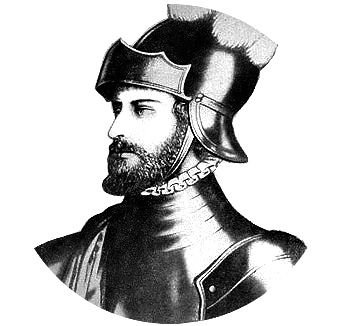
Kalingo
Caribes / karipona, son derivados de un conjunto de pueblos, se dice que los caribes, tiene el significado de caníbal y canibalismo, ya que eran salvajes y practicaban antropofagia.

Guaicaipuro / Mayor
1530 / 1568, fue un caribe, murió en batalla, cónyuge fue Urquia, fue querrero de origen taima de la tribu de los teques, catche fue su padre adoptivo, con dos hermanas tiadora y caycape, al morir lideró la tribu con 20 años.
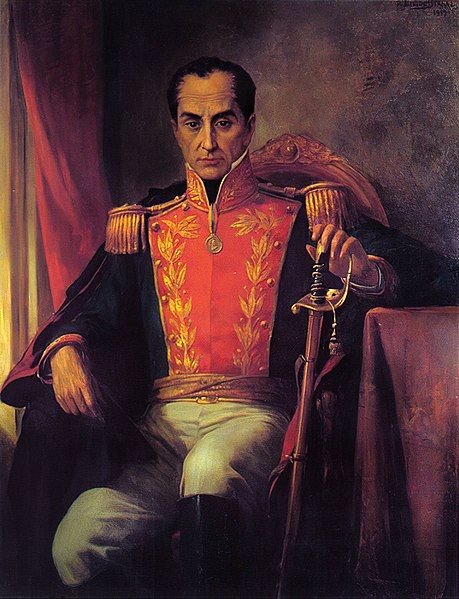
Simon Bolívar
Nació en caracas el 24 de julio 1783, su nombre Simón José Antonio de la santísima trinidad bolívar ponte y palacio de blanco, pero fue conocido como Simón Bolívar. Fue político, militar y al final, fue el libertador, trabajo duro por independencia de venezuela, colombia y ecuador.
Fue el cuarto hijo de juan vicente bolivar y ponte, y su madre maría de la concepción palacios y blanco, de familia rica y criolla. Estudio en europa y a sus 19 años se caso con María teresa del toro, a su regreso a venezuela ella enferma y muere en 1803. Al pasar los años Bolívar se sumerje en la política y con el conocimiento juro independizar su país de los españoles, tuvo varias batallas importantes, muere en santa marta 17 de diciembre 1830 a sus 47 años , hoy descansa en el panteón nacional en venezuela. Las causas aun son cuestionables, aun en la historia se dice que falleció de tuberculosis.
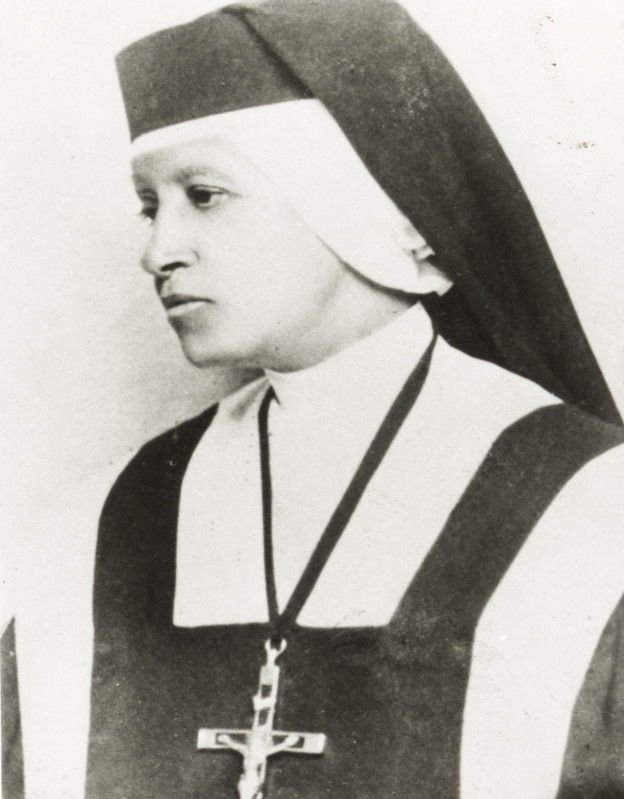
María de san josé
1875 / 1967 , su nombre real Laura evangélina alvarado, inició a los 17 años, el camino de servicios al prójimo a sus 24 años, ya era Sor María de san jose, murió a los 91 años de una trombosis el 2 de abril, fue la primera beatificada.
El papá juan Pablo II, aprobó el milagro de la madre María de san josé en 1993.
Continuará...

Hello how are you, I am in another
I'm in another "aleh mode", with experiences and on topics related to ideas or reflections of my existentialist research.
Land of celebrated men, battles for independence since the beginning of the centuries, full of natural wonders, capable of making anyone fall in love, we have fought for this country as the greatest thing we can possess and remember it until our last days.
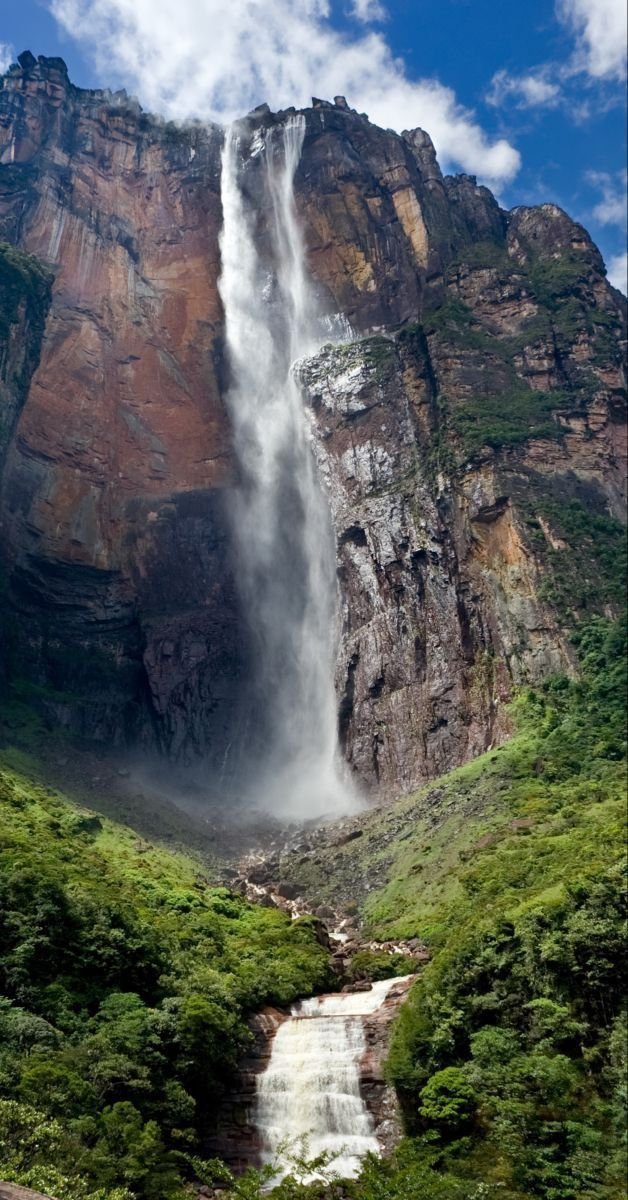
VENEZUELA
Known in history as the "Bolivarian Republic of Venezuela", but its original name was given by Amerigo Vespucci, who found a similarity with Venice, giving it the small "Venezziola", and its pronunciation was changed with difficulty to Venezuela. It is part of South America and the Caribbean, with islands, bordered by the Caribbean Sea, the Atlantic Ocean and Colombia to the west. To the south by Brazil and to the east by Guyana. With the latter country, the state still has a claim to it.
It was colonized by Spain in 1522, in the midst of this civilization the indigenous resistance, in the following XVIII and XIX centuries, Venezuela exposed desires for freedom, achieving it in 1811, being the first to declare its independence from Spain, being its leaders, Francisco de Miranda, Simón Bolívar, José Antonio Páez creating military campaigns, creating a resistance, winning one of the most important battles for Venezuela, that of carabobo in 1821 and the great colombia. Leaving out panama, ecuador and colombia, the latter was dissolved in 1830 and venezuela became completely independent. Venezuela had a political process since the 19th century, with different periods of government, social unrest, poverty and coups d'état, with 1958 democratic changes of government.
30.000 years ago in a pre-Hispanic Venezuela, this Paleo-Indian, Neo-Indian, Medo-Indian, Indo-Hispanic period. These mark the differences, by creating tools, to hunt animals, the following was fishing and navigation. Also, the development of architecture, pottery and agriculture. Over time they developed knowledge of fauna, climate and flora.
These tribes were the Timoto-Cuicas, who were in the Andes and had more developed linguistic skills, the Caribs, who were in the east and centre of Guyana, in Zulia and the plains, the Arawakos, in the Amazon, and the Wayuu, who were also part of the Arawak. The dwellings were made of mud, palm leaves and straw, each indigenous people had their own trade and different dwellings and languages.
Spaniards
They came for the first time on August 1, 1498, arriving by the Orinoco River, Alfonso de Ojeda carried out the expedition.
The Spanish empire, carried out the colonization, the governorship of coquibacoa, making jurisdiction.
Margarita / 1525
Trinidad / 1532
New Andalusia / Guayana 1568
Maracaibo / 1676
Amerigo Vespucci
Italian, he was an explorer, cosmographer and trader.
Guayana
Formerly a British colony, Spanish Guiana became independent on 26 May 1966, has several languages, French, Portuguese, English, Spanish and Dutch.
Countries that make up Guyana
- Suriname, located north of the south bordering French Guiana, south of Brazil, north by the Atlantic Ocean.
- French Guiana, European Union, north, South America, between Brazil and Suriname, part of France since 1946.
Alonso de Ojeda
Spanish conquistador, participated in the expeditions of Christopher Columbus in 1499 to 1502, exploring Colombia, Guiana, Trinidad, Curaçao, Aruba and Venezuela, discovered Lake Maracaibo in 1499.

Kalingo
Caribs / Karipona, derived from a group of peoples, the Caribs are said to have the meaning of cannibal and cannibalism, as they were savages and practiced anthropophagy.

Guaicaipuro / Major
1530 / 1568, was a Carib, died in battle, spouse was Urquia, was a querrero of Taima origin from the tribe of Los Teques, Catche was his adoptive father, with two sisters Tiadora and Caycape, when he died he led the tribe at the age of 20.

Simon Bolivar
He was born in Caracas on 24 July 1783, his name was Simón José Antonio de la santísima trinidad bolívar ponte y palacio de blanco, but he was known as Simón Bolívar. He was a politician, military man and in the end, he was the liberator, he worked hard for the independence of venezuela, colombia and ecuador.
He was the fourth son of juan vicente bolivar y ponte, and his mother maría de la concepción palacios y blanco, from a rich creole family. He studied in Europe and at the age of 19 he married María Teresa del Toro, on his return to Venezuela she fell ill and died in 1803. As the years went by, Bolivar immersed himself in politics and with the knowledge he swore to make his country independent from the Spaniards, he had several important battles, he died in Santa Marta on the 17th of December 1830 at the age of 47, today he rests in the national pantheon in Venezuela. The causes are still questionable, even in history it is said that he died of tuberculosis.

Mary of St. Joseph
1875 / 1967, her real name Laura evangélina alvarado, she began at the age of 17, the path of service to her neighbour at the age of 24, she was already Sister Maria de san jose, she died at the age of 91 of thrombosis on the 2nd of april, she was the first to be beatified.
Pope John Paul II approved the miracle of Mother Mary of St. Joseph in 1993.
To be continued...


Si deseas dejarme un comentario sobre este tema, me gustaría leerlo
If you would like to leave me a comment on this topic, I would
like to read it
